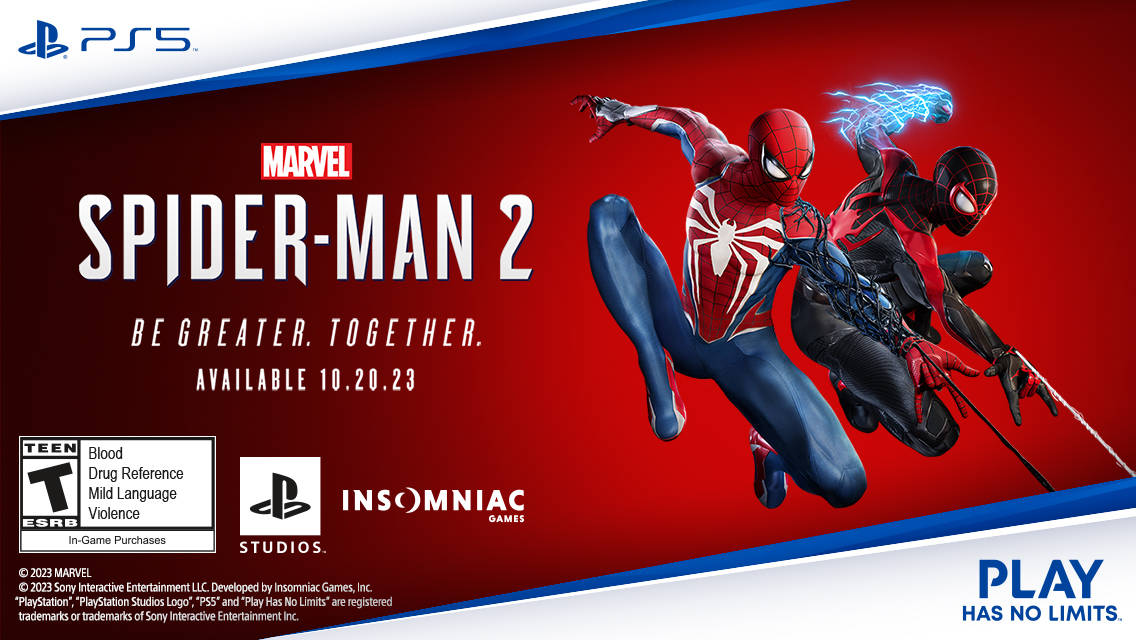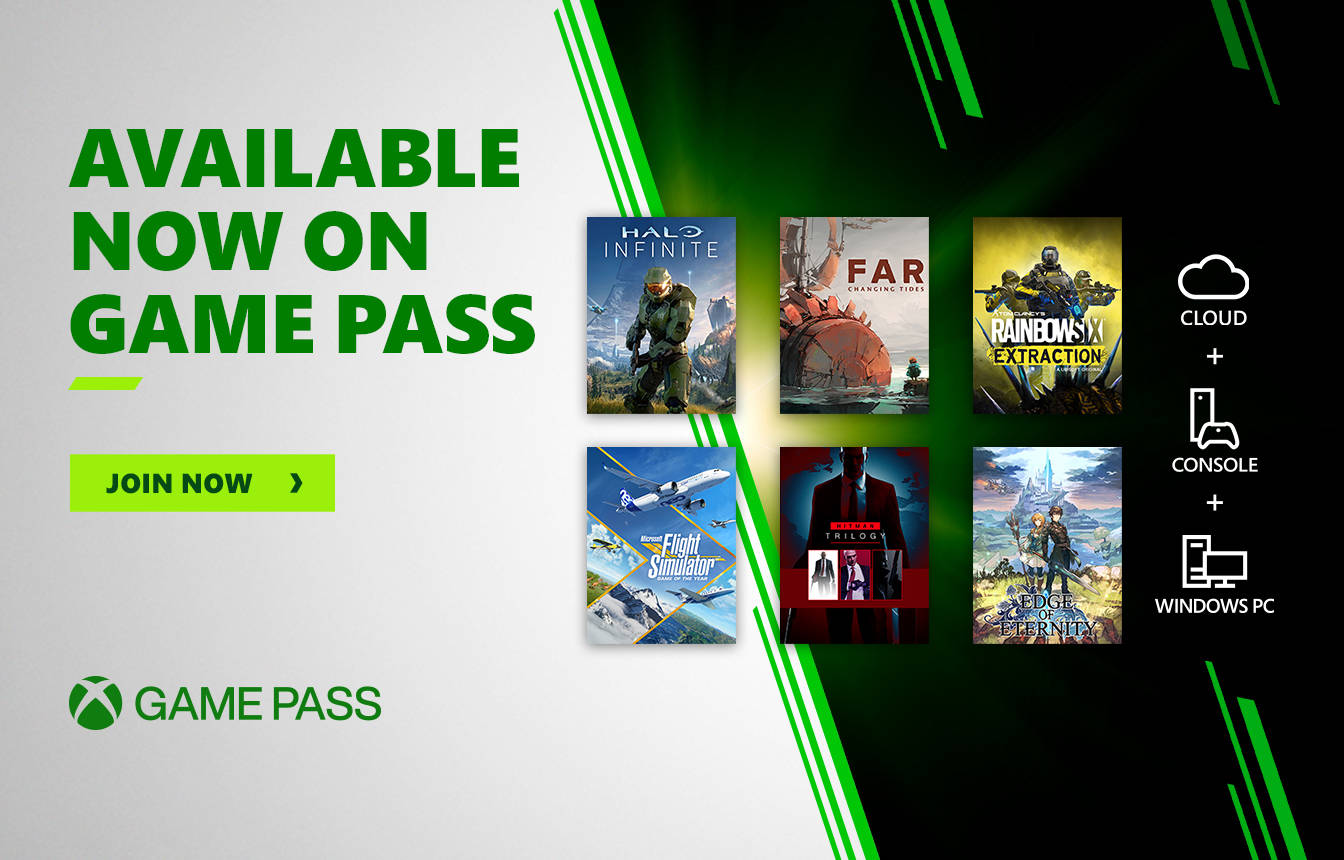Raiden ruined my spring break.
Between endless essays, researching obscure historical conflicts, reporting for the school paper, and whipping up smoothies at the coffee shop, I didn’t actually get to game all that much in college—despite the fact that my post-graduation goal was actually working at EGM. Winter and spring breaks, then, were the brief respites from this deluge. While classmates jetted off to the Cayman Islands and other sun-splashed locales, I spent my time enduring Minnesota blizzards, holed up in my studio apartment playing the games I’d neglected over the past few months.
And in the spring of 2002, I anticipated no game more than Metal Gear Solid 2: Sons of Liberty. Hideo Kojima’s 1998 tactical espionage epic had illustrated the untold potential of the medium, and I couldn’t wait to sneak around as legendary black-ops commando Solid Snake once more…only to have the experience ruined halfway through by Raiden, a wet-behind-the-ears interloper who couldn’t even distinguish between the words “nerd” and “node”! This mewling, androgynous freak was destroying my vacation! How dare he! And how dare Hideo Kojima!
It’s safe to say that I—and the Metal Gear fandom at large—have mellowed out over the years, and after seeing Raiden’s revamped cyborg incarnation stylishly kick ass and take names in Metal Gear Solid 4: Guns of the Patriots, I actively anticipated giving MGS2’s notorious blonde, whiny whipping boy another chance in Metal Gear Rising: Revengeance. And as a fan of Platinum Games’ over-the-top action epics, I really looked forward to this new chapter once I caught wind of their involvement.
One of the most impressive feats you’ll immediately notice here is that, despite the shift from deliberate stealth-action to lightning-quick katana-based mayhem and a new developer, this truly feels like Metal Gear. All of the complex plot points, familiar sound effects, and even interminable Codec conversations with mad doctors babbling on about nanomachines (no, you haven’t heard the last of that particular deus ex machina, Metal Gear fans!) are here. For those who prefer to take in a minimal amount of story, though, the cutscene lengths aren’t too bad, particularly when compared to the overlong ridiculousness that was MGS4.
Rising’s core combat also fits the Platinum mold perfectly: It’s quick, it’s decisive, and it’s all about having fun and being strategic at the same time. First, you’ll wear down foes with a series of slashes and kicks; from there, you’ll enter first-person blade mode, where you can cut to your heart’s content in any direction with the analog stick and take out enemy appendages to tip the fight in your favor. For example, you might slice off a bipedal Gekko unit’s legs to leave it helpless or detach a cyborg soldier’s arm so he can’t shoot you. If Raiden’s fuel cells are at full capacity, you can even perform a Zandatsu maneuver during these moments, which allows you to acquire the opponent’s life-force. Like past series incarnations, the game allows players of different skill levels to experience the action at their own pace; while novice ninjas may simply want to cut through foes by any means necessary, expert katana-wielders can challenge themselves by attempting to slice off specific body parts for bonuses, similar to the dog-tag collecting in earlier Metal Gear entries.
Creative boss battles have always been a Metal Gear selling point, and those encounters live up to that tradition here—they’re definitely Rising’s best moments. Each foe has a believable story of how they ended up on the wrong side of Raiden’s blade, and you can’t just slash mindlessly in order to succeed; these tactics-laden contests do justice to the memory of past series adversaries like Revolver Ocelot and The End.
Before I get to my complaints, I do want to make it clear that, by and large, Rising delivers a solid experience that does the Metal Gear name proud. While success might have seemed like a foregone conclusion given the pedigree of the teams involved, we’ve seen too many franchises step outside their comfort zone and utterly fail—Dirge of Cerberus, anyone?—and I salute Kojima Productions for having the patience and wherewithal to see this through.
That said, Rising’s protracted development cycle certainly appears to have affected the final product, as the latter third of the game is plagued with recycled content and seemingly aborted level design that indicates Konami possibly pulled the plug midstream.
Perhaps the most disappointing element is how Rising’s narrative wraps up. I won’t go into specific details, but after a thoughtful first few hours that delve into subjects like child soldiers, self-sufficiency in sub-Saharan Africa, and human trafficking in the Third World, it’s distressing to see the pedestrian final act look like it just crawled out of Call of Duty. If you’re a fan of Metal Gear’s more high-minded storytelling, it’s not a deal-breaker, but as someone who actually enjoys the series’ notoriously convoluted mythos, I expect better—or, at the very least, something a lot more creative.
Rising is one hell of a rollercoaster ride that all Metal Gear fans should definitely play, but more than a decade after MGS2, it turns out that I’m still frustrated in the role of Raiden. But this time, it’s simply because the game doesn’t quite unleash his full potential. I just hope that if there’s a sequel, Hideo Kojima involves Platinum from the start; I’m curious to see what two of Japan’s top developers can do when they’re creating an idea from scratch instead of salvaging a nearly doomed project.
|
★★★★☆
After a protracted development process, Platinum Games and Kojima Productions have made good on their promise to make Raiden an acrobatic, ass-kicking action hero. It’s an enjoyable, fast-paced thrill ride, but given the track record of these two titans of Japanese game development, you can’t help but think that Rising isn’t quite all it could’ve been. |
|
| Metal Gear Rising: Revengeance is available on Xbox 360 and PlayStation 3. Primary version played was for PlayStation 3. Product was provided by for the benefit of this coverage. EGM reviews on a scale of one to five stars. | |

A proud Japanese RPG and serial-comma enthusiast, Andrew attended E3 for more than a decade. His least-proud moment? That time in 2004 when, suffering from utter exhaustion, he decided to take a break on the creepy, dilapidated—and possibly cursed—La-Z-Boy at Konami’s Silent Hill booth.





